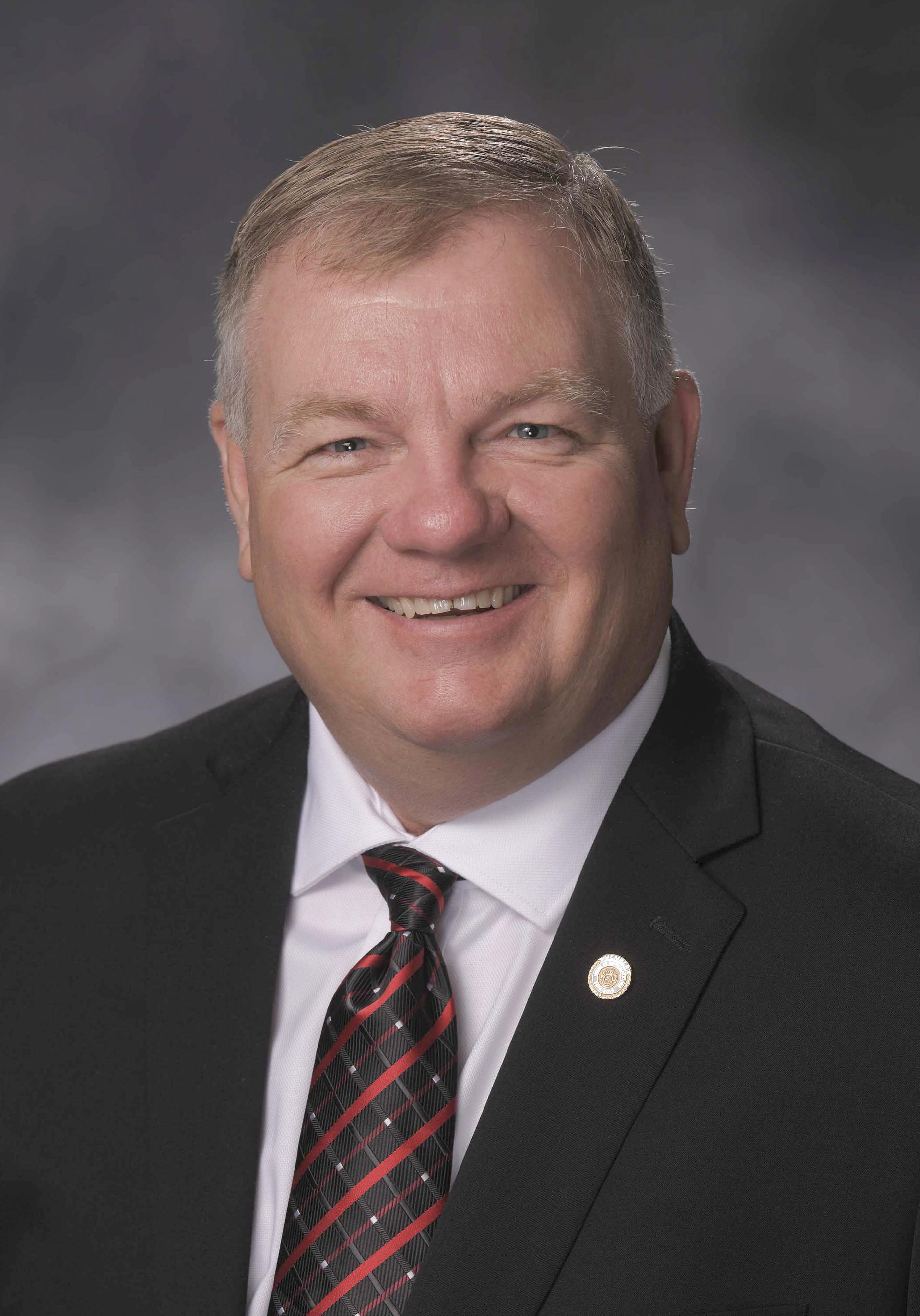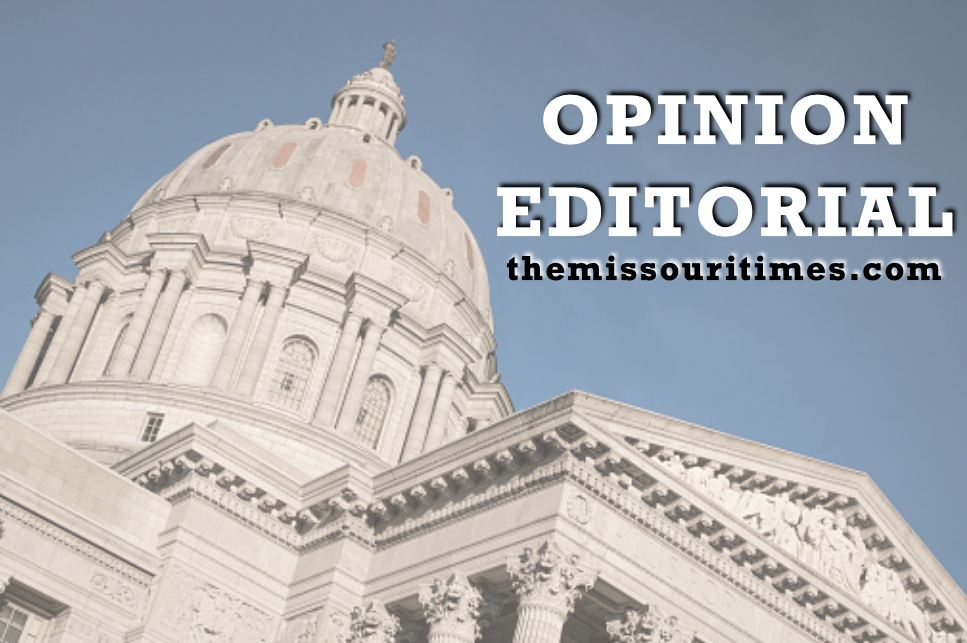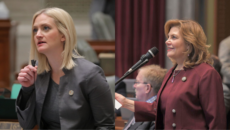Another school year has begun, and with it returns a challenge that rural school districts face all over the state. Whether in the Bootheel, the far reaches of southwest Missouri, or, quite frankly, most parts of our state outside the two major metropolitan areas, rural students typically face longer bus rides (and on worse roads) to get to class than those in urban and suburban parts of the state.
And as those unequal education transportation costs continue to increase, state funding has not kept pace.

You’ve likely heard mention of the state’s education foundation formula, which is designed to prevent a precipitous loss of per-pupil state funding for smaller school districts. With Republican-led supermajorities in the Capitol, we have fully funded that formula for several years running.
The 2021 legislative session was no different, with credit due to the leadership of Gov. Mike Parson and Rep. Rob Vescovo, our speaker of the House.
Busing students to school, though, are education costs not accounted for in that foundation formula. When the state fails to pay its fair share of these transportation costs, school districts must shift funds that could (and should) be instead put to use in the classroom.
That shortfall not only leads to longer rides for students but also fewer students being deemed eligible to qualify for this service. A shortage of bus drivers to staff those routes only compounds the problem.
That’s why I voted for legislation to fix this flawed formula by guaranteeing a 5 percent increase in funding for K-12 transportation while never allowing the state’s percentage of those costs to go below 40 percent.
With Gov. Parson signing that legislation into law earlier this year, our rural schools will now have a vital infusion of state support for this fundamental obligation.
That legislation also establishes education savings accounts (ESAs), an innovative approach that’s been proven to work in several conservative states by giving students in failing schools more education choices.
These scholarships are limited to a handful of the state’s largest cities and counties. Initial eligibility is limited to students with special education needs or those who fall below the income threshold to qualify for free and reduced-price school lunches.
After three years spent as a legislator, I keep hearing one tired refrain: Every year, some advocates continue to argue that you can either support giving students in failing schools more options and choices, or you can support rural public-school districts. This is no either-or situation. We can (and should) do both.
Enabling students in our state’s bigger cities and suburbs to have more choices about their education is the right move. And here in rural Missouri, we’ll now be able to better make sure we can get our students to and from school in the first place.

Rep. Barry Hovis was elected to the Missouri House in 2018 and represents parts of Cape Girardeau County. He is a former member of law enforcement and lives with his wife in Jackson.





